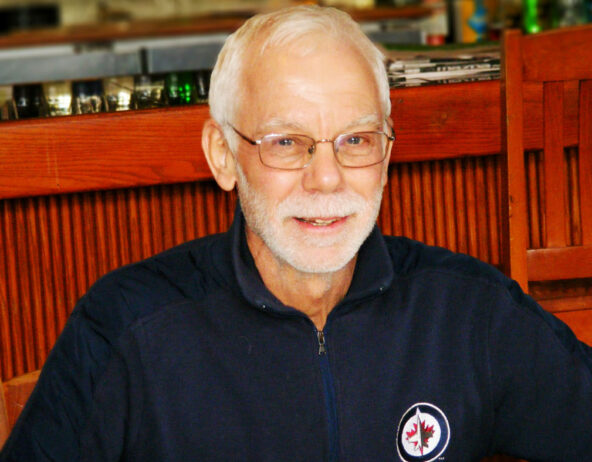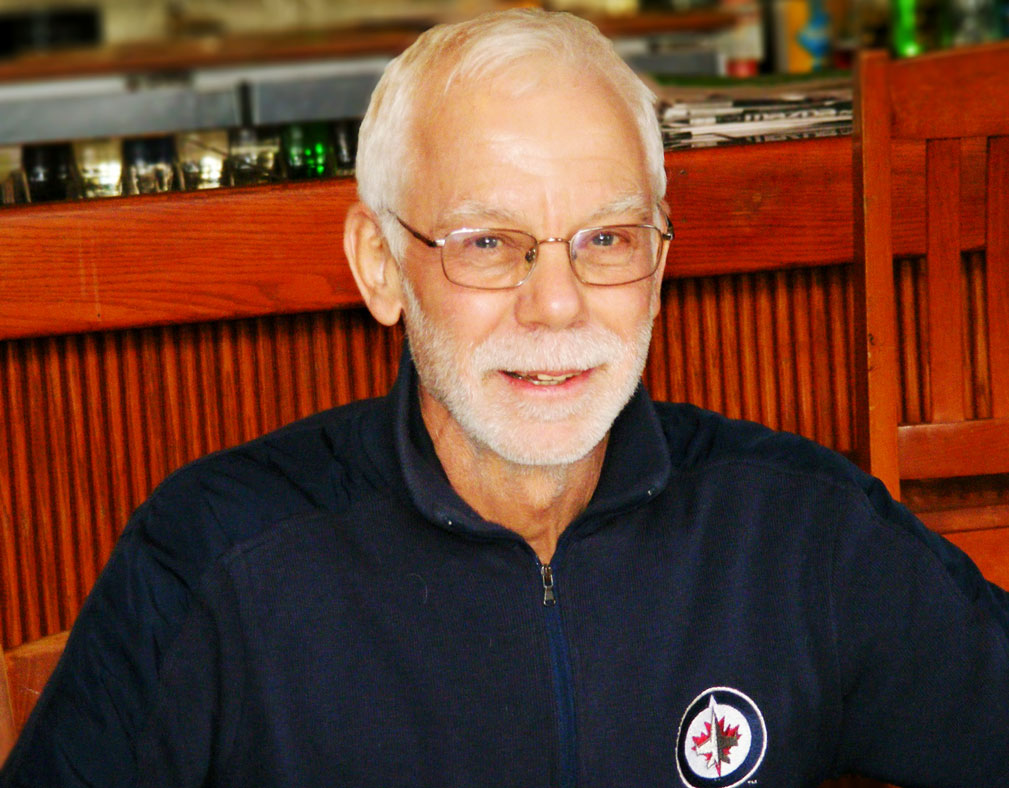The Founder of the Laboratory

AWARDS
- OPG/NSERC Industrial Chair
- Cohen Award of the Canadian Institute of Mining, Metallurgy, and Petroleum
- Distinguished Research Professor
RESEARCH
My primary research aim is to solve various industrial corrosion and environmental contamination problems. A recent focus has been the study of waste containers and waste forms for the disposal of high level nuclear wastes. The solution to such problems requires a combination of experimental and modelling approaches. Our experimental approach involves the application of a wide range of electrochemical techniques often under hostile conditions, such as high temperatures in the presence of aggressive environments. These methods are supplemented by various surface and near-surface analytical techniques, such as X-ray photoelectron (XPS) and Auger (AES) spectroscopies, scanning electron microscopy (SEM) and neutron reflectometry (NR). A judicious mixture of fundamental and applied experimentation is inevitably required. The nature of models varies from detailed deterministic process models to statistical/probabilistic and environmental performance assessment models.
Our studies have encompassed the range of detailed reactions (electrochemical, chemical, metallurgical, transport) which are embodied in complex localized corrosion processes such as crevice corrosion, pitting and hydrogen-induced cracking. The initiation of localized corrosion involves stochastic events determined by the combination of the exposure environment, the metallurgical properties of the specific material and the chemical and physical properties of the oxide films on the material’s surface. The extent of corrosion damage subsequently sustained by the material can be described by a damage function, i.e., the relationship between the depth of corrosion penetration and the time of exposure to the environment. The cessation of localized corrosion involves repassivation events associated with fluctuations in local chemistry which allow the regrowth of protective oxides on the metal surface.
We are studying many of these processes on titanium and nickel alloys by monitoring and analyzing the current and potential signals generated during the onset of corrosion. A preliminary damage function has been developed for the crevice corrosion of titanium in the saline groundwaters anticipated in a Canadian nuclear waste disposal vault, and failure criteria developed for the hydrogen induced cracking (HIC) of titanium alloys. For nickel alloys , the effects of metallurgical and chemical features of the materials (e.g., the concentration and distribution of molybenum) will be a major focus of future research efforts.
The long-term corrosion resistance of many materials is determined by the protectiveness of the oxide films, which form on their surface. We are probing the nature of these films, and how they change with exposure to various environments, using techniques such as electrochemical impedance spectroscopy (EIS), neutron reflectometry and noise (signal) analysis. Future plans include the application of techniques such as atomic force microscopy and photoelectrochemistry, and the study of a wider range of industrially important materials applications.
On-going studies in modelling include a mixed potential model for nuclear fuel behaviour under waste disposal conditions and a performance assessment model for a carbon steel/nickel alloy dual wall container for disposal of nuclear waste in the United States. Future plans include models for HIC of titanium alloys and deterministic models for crevice corrosion.
TEACHING
- 2284b – Macroscopic Physical Chemistry
- 3354b – Electrochemistry and Chemical Kinetics
- 3358a – Industrial Chemistry
- 3364a – Physical Chemistry of Materials
- 3372g – Instrumental Analytical Chemistry
- 9524 – Electrochemical Methods and Techniques
- 9594b – Materials Corrosion Processes
PUBLICATIONS
- P.Jakupi, J.J.Noel and D.W.Shoesmith: Intergranular Corrosion of Sigma 3 Grain Boundaries in Alloy-22, Electrochem. and Solid State Letts, 13(3), C1, (2010)
- H.He, Z.Ding and D.W.Shoesmith, The Determination of Local Corrosion Kinetics and Sustainability on Hyperstoichiometric UO2+x by SECM-Potentiodynamic Scanning, Electrochem. Comm., 11, 1724 (2009)
- C.Nowierski, J.J.Noel, D.W.Shoesmith and Z.Ding, Correlating Surface Structures with Reactivity on Commercially Pure Zirconium using Scanning Electrochemical Microscopy and Scanning Electron Microscopy, Electrochem. Comm, 11, 1234-1236 (2009)
- K.O’Neil, H.He, P.Keech, D.W.Shoesmith and O.Semenikhin, Anisotropy of Local Conductivity of Hyper-Stoichiometric Uranium Dioxide Revealed by Current-Sensing Atomic Force Microscopy (CS-AFM), Electrochem. Comm., 10, 1805-1808 (2008)
- P.G.Keech, J.J.Noel and D.W.Shoesmith, The Electrochemical Reduction of Hydrogen Peroxide on Uranium Dioxide under Intermediate pH to Acidic Conditions, Electrochimica Acta, 53, 5675-5683 (2008)
